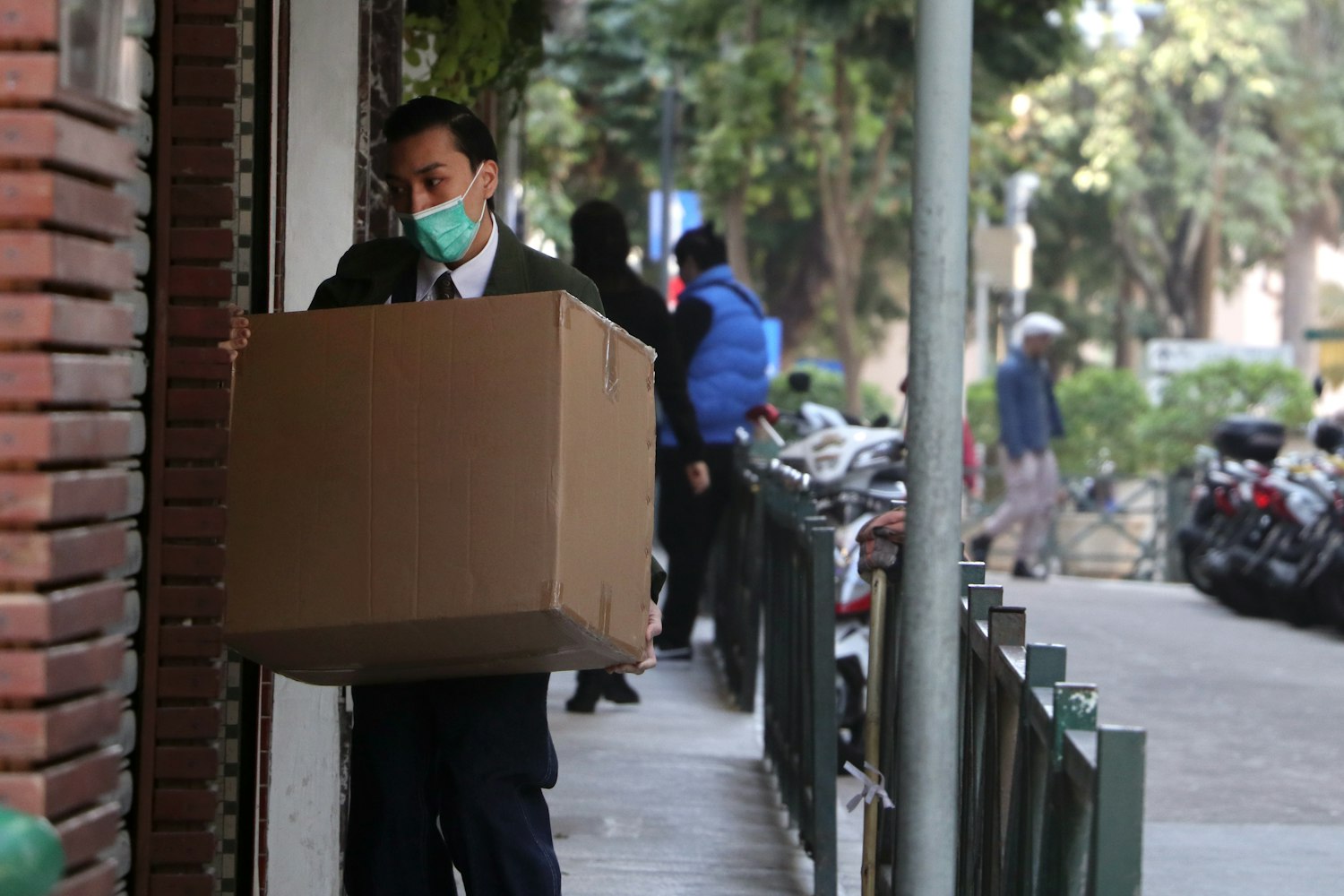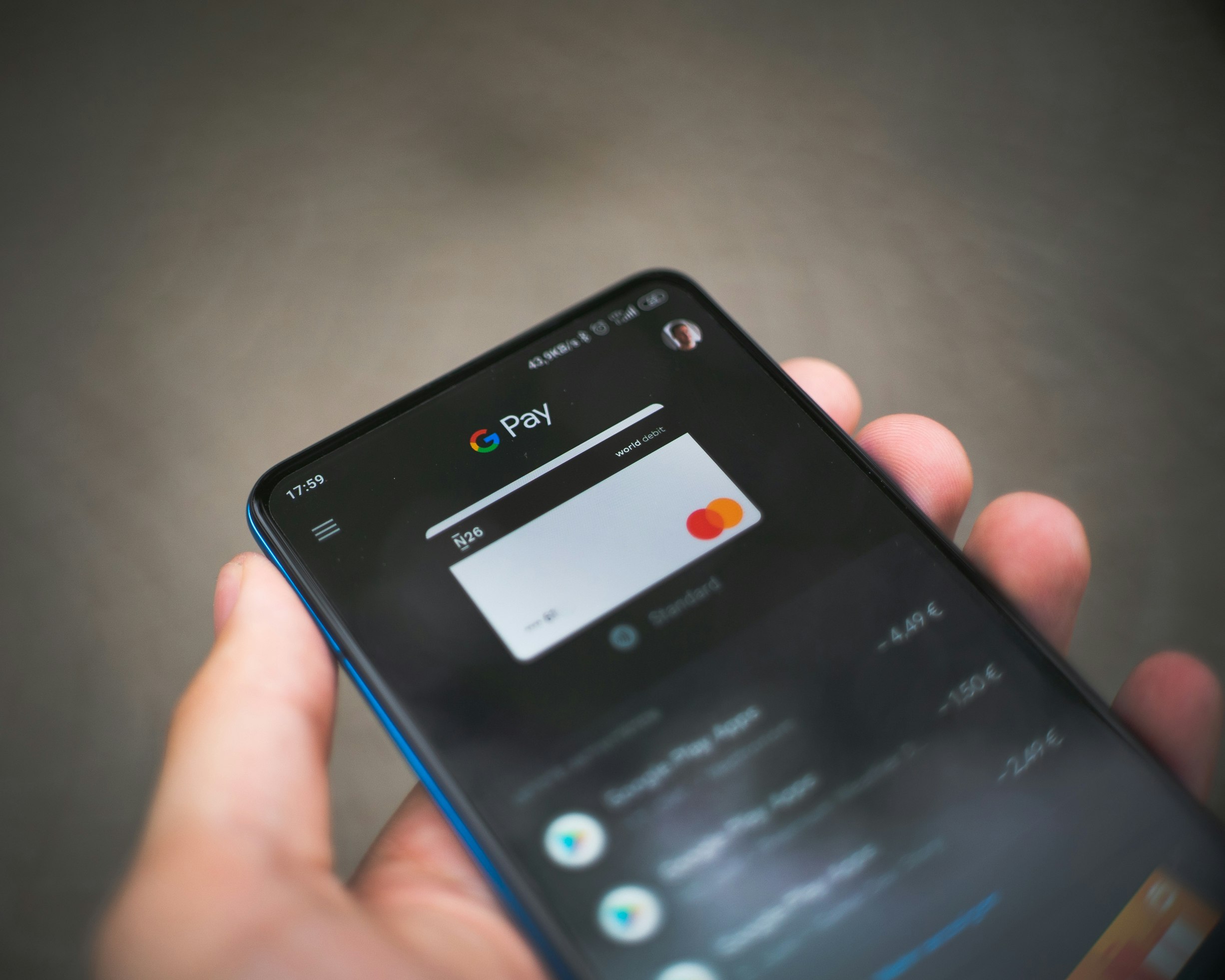The Evolution of Consumer Behavior in Covid-19
How has consumer behavior shifted through this pandemic?
Consumer behavior has indefinitely changed during covid-19. People are consuming time on the internet for longer periods of time and are seeking fresh ways of interacting with businesses. According to a study by McKinsey & Company, we have progressed five years forward in consumer and digital adoption in merely 8 weeks. That’s a lot of change to embrace. Amidst this advancement, we have devised several ways consumer behavior has changed during this global pandemic.
Demand for curbside pickup & delivery services
Consumers have adopted innovative technologies to fulfill their shopping experiences. A few of these technologies include contactless curbside pickup and online delivery services. Based on a survey conducted by Zypmedia, customers highly valued business services which minimize human contact. Of those surveyed, 56% of consumers were more likely to buy from local businesses with contact-less pickup services enabled. And 57% of consumers would be more likely to complete a purchase from a local business with the option of free delivery services. Consumers are desiring heightened protocols to ensure they are safe from the threat of the spread of covid-19.
To allow customers to feel safe, businesses must have an aligned customer experience strategy. The online channels need to align touch points in the customer journey so customers can have a seamless experience when requesting delivery services. And a system with aligned employee and customer communication needs to work for a successful contactless pickup service. Customers desire to feel safe, and innovations in technology are the opportunity to enhance feelings of security in the buying journey.
Desire for contactless mobile payment systems
Consumer behavior for cash transactions has quickly shifted from human contact to swiping on mobile devices. Mobile payments have been an exceptional method for consumers to minimize contact during the pandemic.
Mobile payments have been popular amongst consumers even before covid-19. Prominent retailers including Walmart and Amazon have implemented mobile payment technologies into their stores to great success. Walmart Pay has enabled customers to scan a barcode linked to their credit card information when they enter stores and shop for their goods. Amazon Go uses a similar payment method and includes AI to sense when customers remove products from their shelves and adds items to consumers virtual shopping carts. With scan-and-go technology and machine learning, it optimizes the customer journey for less human contact and greater speed. Not just major retailers, but small businesses have transitioned to mobile payment methods. Over one in four of small businesses have adopted mobile pay, and we expect this number to grow into the future as consumers are embracing the digital experience.
Greater interactions with local businesses
Undoubtedly, our society has embraced its greatest emotional and economic difficulty of the past decade. People need to feel connected during this struggle.
As consumers have become greater advocates of their community, they have increased their affinity for local businesses. According to a survey by ZypMedia, 53% of customers agreed that they would be more likely to buy from local businesses than a national retailer during covid-19. Outstandingly, 68% of these customers stated they would continue to buy from these local businesses after covid-19. Based on these studies, consumers would sacrifice saving money on purchases with major retailers to support their local businesses. This furthers how consumer behavior has shifted consumers to be more mindful of the businesses supporting their communities. Looking into the future, local businesses will play a bigger role in meeting the expectation of our day-to-day needs.
With a greater affinity for local businesses, consumers must be able to have a seamless experience with these businesses online. According to McKinsey & Company, 75% of people using digital channels for the first time will continue to use them when things turn to normal. Local businesses have to adapt to this transition. This means that customer experience must align across these different channels. Customers must experience minimal effort, with a personalized experience delivered to each customer.
Summary
Consumers have adapted their means of interacting with businesses during covid-19. Through advancing technologies which limit human contact, there is a greater priority for health and an enhanced digital experience. There also seems to be a strengthened affinity for local businesses. As consumer behavior continues to change, we cannot help but wonder where these changes will lead organizations’ strategies next. With an uncertain future, Second to None is here to help you restart, rebound, and rebuild.







